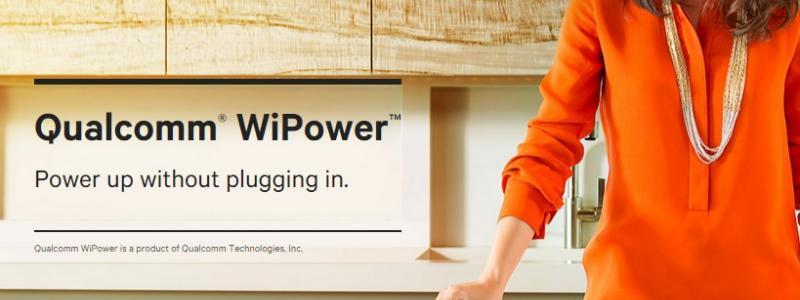Qualcomm: First To Enable Wireless Charging Of Metal-Clad Mobile Devices

Smartphones and tablets that feature metal bodies or covers will soon be capable of wirelessly charging themselves. This is made possible via a new technology developed by Qualcomm.
By way of a post in its news page, Qualcomm Technologies Inc (QTI), a subsidiary of Qualcomm, officially revealed that they have come up with a technology that enables wireless charging of mobile devices that have metal exteriors.
Before now, smartphones and tablets with metal-clad coverings were considered not compatible with most wireless charging technologies existing today. Indeed, today’s wireless charging technologies make use of an induction charger that heats up metal objects, which makes it unsafe to wireless charge metal clad mobile devices.
But Qualcomm’s wireless charging technology is based on magnetic resonance, which creates a charge over a small three dimensional space, meaning other metal objects like car keys or scissors remain unaffected by the charge. The company even went a step further by finding a way to use magnetic resonance in charging specific metallic items, like smartphones and tablets that feature metal exteriors.
Moreover, Qualcomm’s technology makes use of WiPower, which conforms to the Rezence standard. WiPower operates at a frequency better suited to metal objects, and Qualcomm has tapped into that technology to wireless charge metallic mobile devices.
Developing this technology is easier said than done, of course. First of all, Qualcomm had to make sure that the wireless charging process done via magnetic resonance does not affect the other radios inside the smartphone or tablet. To work around this, Qualcomm says that a wireless power interface chip is needed in order to complete the power transfer. The company has worked to ensure that this chip properly interfaces with Snapdragon processors, especially those that support WiPower technology.
There is no doubt that many mobile users are already pretty excited with this latest development. But know that the technology is far from being available to consumers as of now. Also, mobile manufacturers still need to incorporate the ability to charge a device via a metal exterior into their products. The good news is that the design methods are already available to any company that licenses the WiPower technology.
WiPower’s way of wirelessly charging mobile devices via magnetic resonance sure offers some advantages. For starters, the technology works without having to perfectly align your mobile device with the charging pad or surface. Furthermore, it can support charging of multiple devices at once, even those with varying power requirements. As explained by Qualcomm, WiPower has the ability to charge handsets that require as much as 22 watts at speeds that match or even go beyond those of other wireless charging technologies.
Related Blog Articles
- Tablet Market Continues To Decline, Per IDC
- Huawei Breaks Ground on Guinea's First High-Speed Fiber-Optic Network
- Huawei Now World’s Third Biggest Seller Of Mobile Phones, Per Research Firm
- FreedomPop Raises Another $10 Million In Funding; Looking To Expand In Asia
- Xiaomi Recaptures Title Of Top Smartphone Seller In China In Second Quarter Of 2015
- Sprint Chairman: Network Quality In US Is Bad
- Samsung Outfits Its Smart TVs With Samsung Pay
- Apple Music Now Has 11 Million Trial Users
- AT&T Launches First TV-Phone Plan Deal
- Apple Reports $1.7 Billion In Billings For App Store In July
Related Blog Posts
- Report: Drug users are using wearable devices during binges
- Spotify allows Android users to reorder playlists; Pandora lets users share tunes to Snapchat Stories
- WhatsApp combats fake news with a new forwarded label
- FCC: Today’s improving mobile networks can impact healthcare costs
- Did Apple Music already overtake Spotify in America?


 Menu
Menu